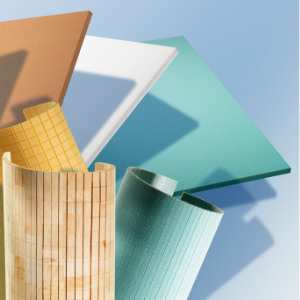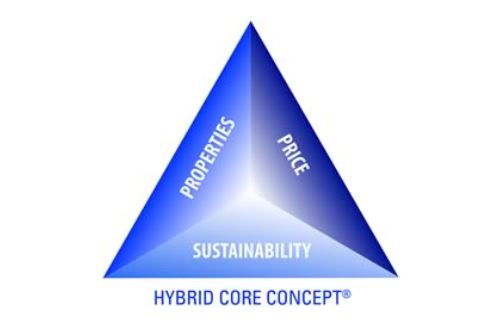Sandwich Cores for Closed Molding
Sandwich laminates are defined as a layered material with two thin, stiff and high strength outer faces bonded to a thick and low weight core material. Core materials enhance panel stiffness by dramatically boosting the Moment of Inertia as a result of increasing the panel thickness. In that respect the core acts much like the web of an “I” beam, separating the load bearing flanges. High-performance core materials enable strong and stiff sandwich constructions, thus reducing a part’s weight to the minimum. These types of solutions not only tie up fewer resources, but also consume less energy in their use phase (e.g. trains).
“Which sandwich core should I use for closed molding?” is a frequently asked question. Unfortunately, there is no simple answer. Choosing an individual product is based on a handful of constraints; structure and performance (mechanical properties), geometry, and lamination process. The mechanical properties and the lamination process will dictate the core type and density. The geometry and the process will dictate the core configuration or finishing option. Sometimes a combination of two or more materials or multiple configurations is best.
Benefits of sandwich construction in closed molding
Placing dry fabrics under the pressure of vacuum will cause them to compress. The reduction in laminate thickness will have a severely negative effect on the laminate’s stiffness. Using a core will overcome the change in thickness and increase the stiffness.
For closed molding processes, the majority of time and labor will be to place the dry materials in the part. Sandwich construction can greatly reduce the number of layers in a laminate. With the proper selection of fabrics and core, laminates can be “built” in as little as three layers; skin-core-skin. Using pre-cut kits for fabric and core will permit parts to be built that meet the entire definition of “lighter, cheaper, and faster”.






